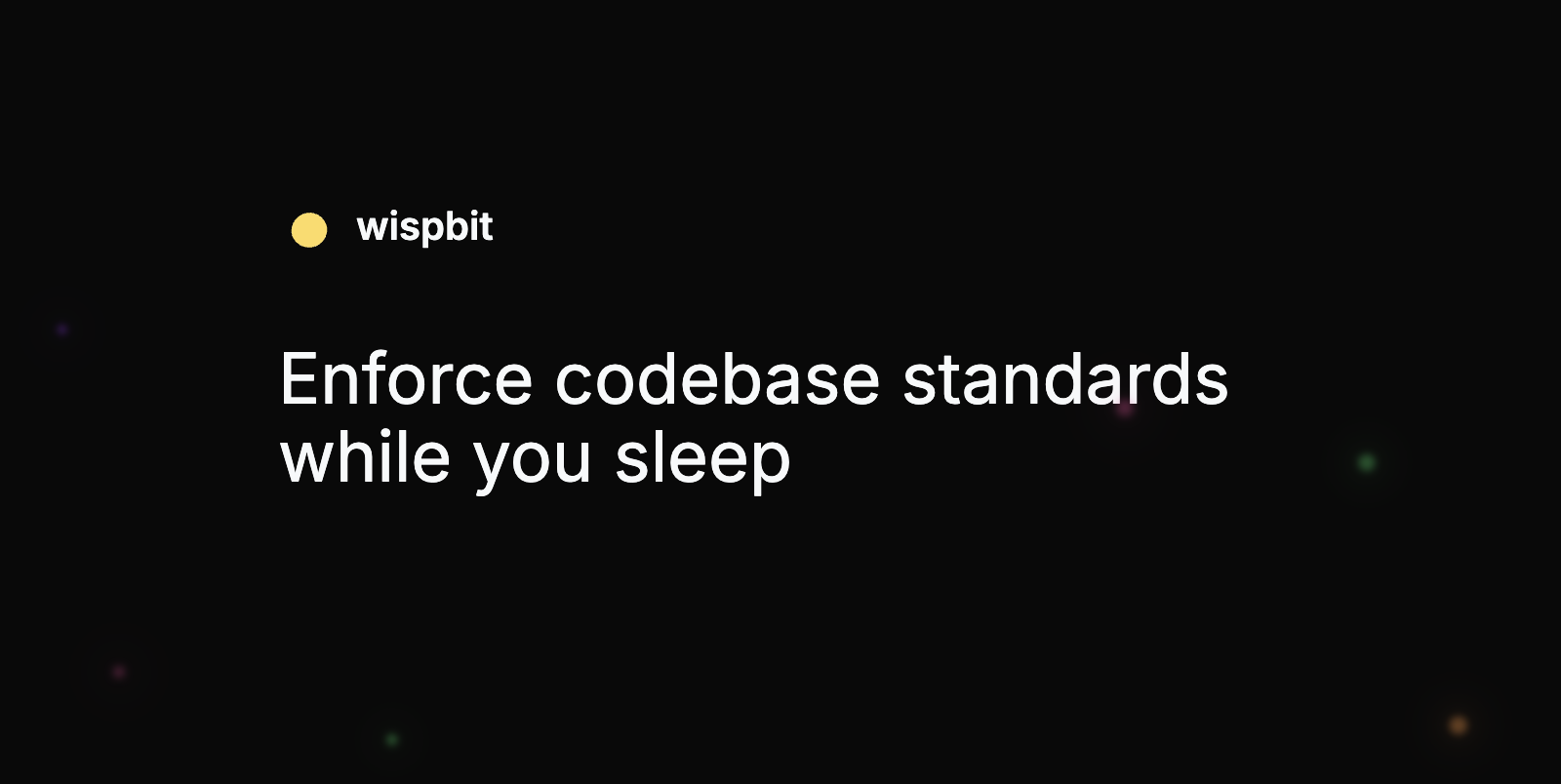DevOps Articles
Curated articles, resources, tips and trends from the DevOps World.
Implement Postgres on Kubernetes with Ondat and SUSE Rancher

Summary: This is a summary of an article originally published by The New Stack. Read the full original article here →
We previously explored the https://www.ondat.io/blog/key-challenges-of-cloud-dbaas and https://www.ondat.io/blog/self-managed-dbass-with-ondat-rancher) on Kubernetes using SUSE Rancher and https://www.ondat.io/?utm_content=inline-mention Now, we’re going to take the theory and make it practical. We’ll be deploying this on a https://www.suse.com/products/rancher-kubernetes-engine/ cluster on https://www.digitalocean.com/, but the instructions should work fine for almost every Kubernetes distribution.
Step Provision a SUSE Rancher Server and RKE Cluster on DigitalOcean
Once you’ve finished admiring the Rancher UI, you can check that your RKE cluster is also working correctly using kubectl.
kubectl label node rke-ondat-demo-worker-node-1 custom-region=1 kubectl label node rke-ondat-demo-worker-node-2 custom-region=2 kubectl label node rke-ondat-demo-worker-node-3 custom-region=3 kubectl label node rke-ondat-demo-worker-node-4 custom-region=1 kubectl label node rke-ondat-demo-worker-node-5 custom-region=2
Product
Useful Links
Made with pure grit © 2025 Jetpack Labs Inc. All rights reserved. www.jetpacklabs.com





